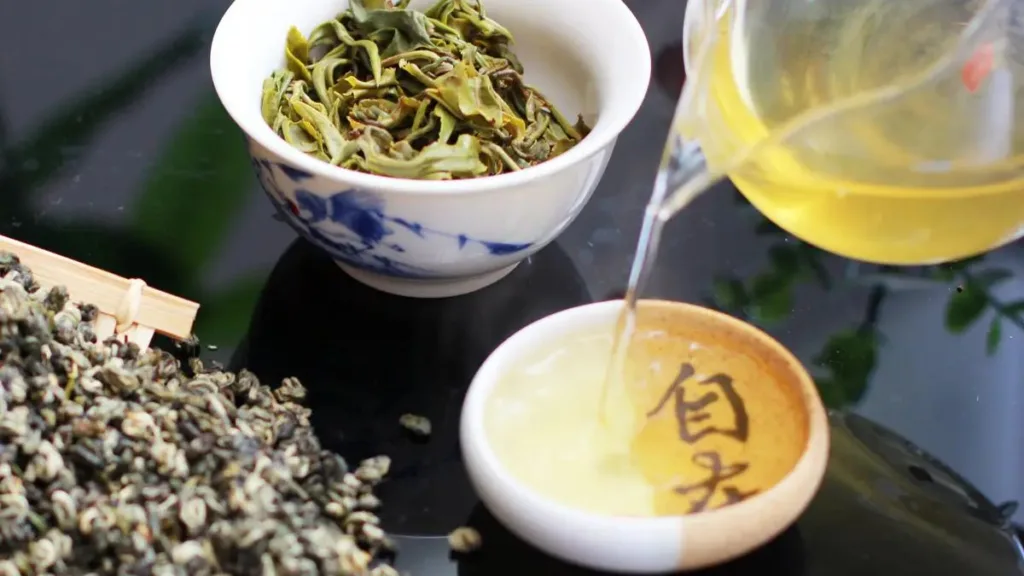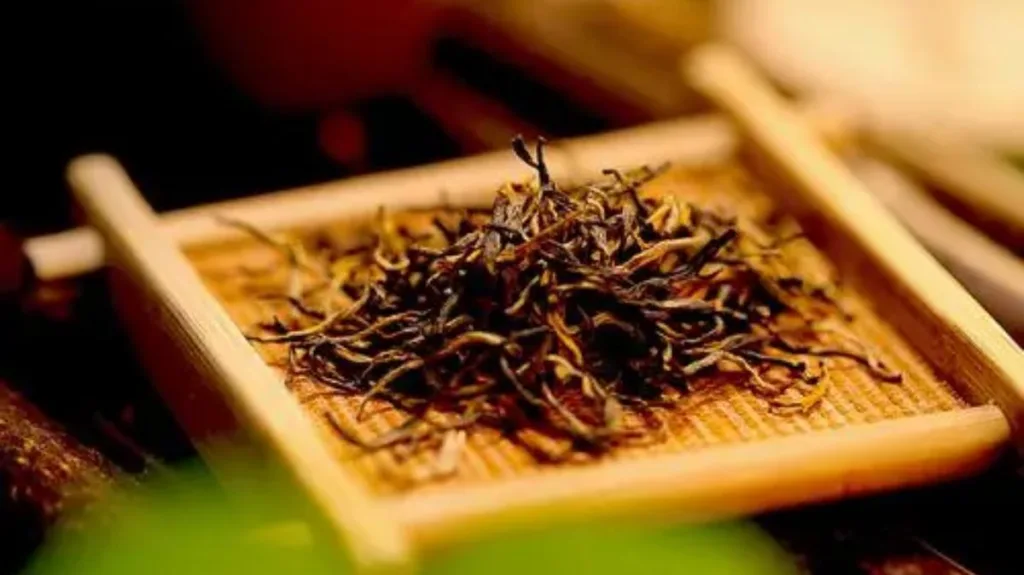Green tea leaves are indeed edible, and there are various ways to consume them. However, the most common and recommended method is to brew the tea for drinking. Green tea is renowned for its rich nutritional value and numerous health benefits, making it an excellent choice for consumption. Particularly refreshing in the summertime, green tea not only helps cool the body but also aids in detoxification and weight management. Brewing green tea extracts a wide range of beneficial compounds, and the leaves themselves can be consumed, providing additional health advantages.
Green tea leaves are a nutritional powerhouse. They contain essential vitamins and antioxidants, with vitamin E playing a significant role in their anti-aging properties. The tea leaves are a source of tea polyphenols, known for their strong antioxidant and anti-aging effects. Recent studies have demonstrated that green tea can not only reduce blemishes and aid in weight loss but also lower cholesterol levels, improve blood lipid profiles, combat leukemia cells, and even prevent the common cold. The diverse health benefits of green tea make it a valuable addition to one’s diet.
One key element in the storage of green tea is preventing oxidation. It’s best to store green tea in a cool, sealed environment to maintain its freshness and preserve its beneficial compounds. In addition to storage, the timing of tea consumption is crucial. Avoid drinking tea on an empty stomach, and refrain from consuming it right before bedtime, as it contains caffeine, which can interfere with sleep.
There are two main ways to eat green tea leaves. One approach is to incorporate used tea leaves into cooking or to consume them directly. The latter method is particularly popular in Japan, where green tea is consumed in various culinary forms:
- Sprinkle Over Rice: After grinding green tea into tiny particles, about 1-2 millimeters in diameter, you can sprinkle it over cooked rice to add a delightful flavor.
- Baking and Pastries: Many people enjoy baking cookies or biscuits at home. Mixing green tea leaf powder with flour creates an appealing green hue for green tea cookies.
- With Seaweed (Kelp): Combine dried seaweed with green tea. After washing and soaking the seaweed in clean water for six hours, remove, sun-dry, or heat-dry it. Grind it into a fine powder, and then mix it with green tea. To enjoy its benefits, use this mixture to brew tea twice daily (20g each time).
It’s worth noting that brewed tea leaves are also edible. Recent scientific research has shown that tea leaves contain some fat-soluble vitamins and other nutrients that may not dissolve completely in water. Therefore, used tea leaves retain nutritional value. The consumption of tea leaves has historical roots, as tea was initially used for medicinal purposes, and there are still a few ethnic groups that have a tradition of eating tea leaves. For example, Hangzhou, a city in China, is famous for dishes like Longjing Shrimp and Longjing Scrambled Eggs, both of which incorporate tea leaves as a key ingredient.
Many people enjoy drinking green tea without realizing that they are missing out on some of the nutritional benefits contained in the leaves. Green tea contains both water-soluble and fat-soluble nutrients. The fat-soluble nutrients do not dissolve in water and remain in the tea leaves. Therefore, to fully absorb the nutritional value of green tea, it’s advisable to consider eating the leaves.
In conclusion, you can indeed eat green tea leaves. Incorporating them into your diet not only reduces waste but also provides a unique and healthy addition to your meals or snacks. So, the next time you brew a cup of green tea, consider saving those leaves for culinary experimentation or simply enjoy their natural nutritional benefits.



